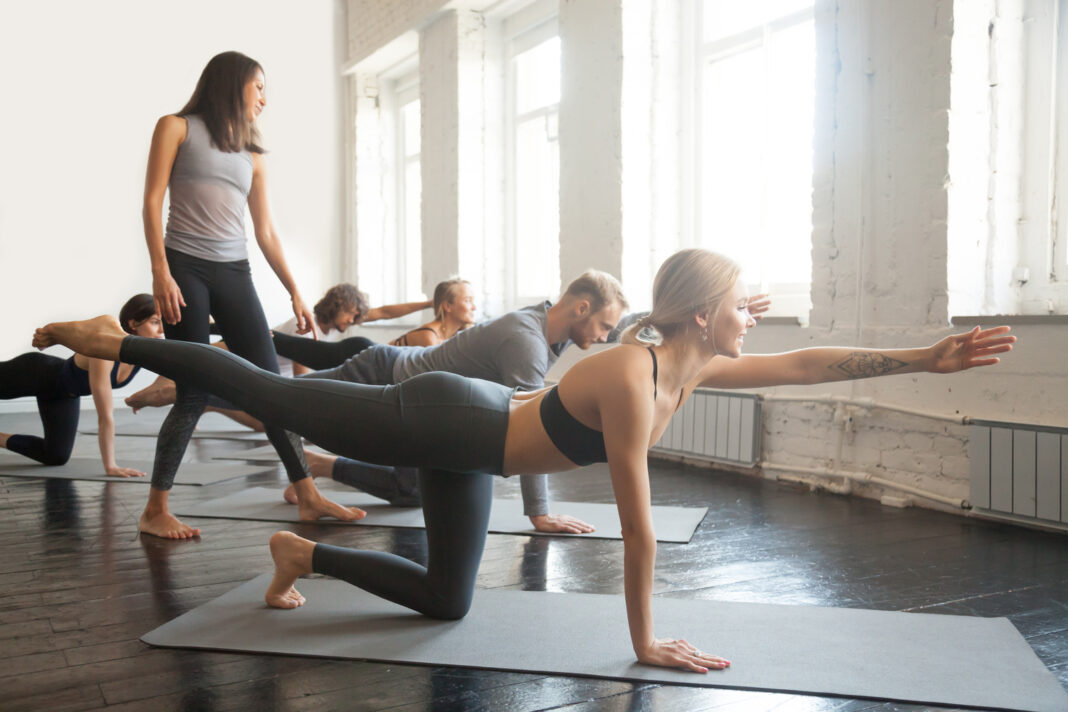Are you tired of hitting the gym, lugging around heavy weights, and constantly needing new equipment? It’s time to discover the wonders of Pilates. Not only does this method improve flexibility and balance, but it’s also a fantastic way to tone your arms without any equipment. This blog will guide you through a series of effective Pilates exercises designed to sculpt your arms, incorporating key elements to ensure a well-rounded, full-body workout.
Why Choose Pilates for Arm Toning?
Pilates isn’t just for core strength and flexibility. It’s an excellent method for toning and strengthening your arms. By focusing on controlled movements and using your body weight for resistance, Pilates engages your muscles in a unique way. Unlike traditional weightlifting, Pilates promotes lean muscle growth, which is perfect for those looking to achieve toned, defined arms without bulking up.
Moreover, Pilates integrates aerobic elements and ab exercises, ensuring you get a comprehensive workout. This method, endorsed by many personal trainers, can easily be adapted to suit all fitness levels. So, whether you’re a beginner or an advanced fitness enthusiast, Pilates has something to offer.
Warm-Up: Preparing Your Body for the Workout
Before diving into the arm-focused exercises, it’s crucial to prepare your body with a proper warm-up. Warming up increases blood flow to the muscles, reduces the risk of injury, and enhances overall performance.
Start with a few minutes of light aerobic activity, such as marching in place or gentle arm circles. This will elevate your heart rate and prepare your muscles for the upcoming workout. Follow this with dynamic stretching, focusing on your arms, shoulders, and upper back. Arm swings, shoulder rolls, and neck stretches are excellent choices to loosen up the upper body.
Pilates Arm Series: Strengthening Without Weights
The Pilates arm series is a set of exercises designed to target and tone your arms using only your body weight. These movements focus on control, precision, and breath, ensuring an effective workout without any gym equipment.
Push-Up Variations
Traditional push-ups are a staple in many workouts, and they’re equally important in Pilates. However, Pilates adds a twist to this classic exercise.
Pilates Push-Ups:
- Start in a plank position with your hands directly under your shoulders.
- Lower your body slowly, keeping your elbows close to your sides.
- Push back up to the starting position with controlled movement.
Tricep Dips:
- Sit on the floor with your knees bent and feet flat.
- Place your hands behind you, fingers pointing towards your feet.
- Lift your hips off the ground and bend your elbows, lowering your body.
- Push through your palms to lift back up.
Arm Circles
Arm circles are deceptively simple but incredibly effective for toning the shoulders and upper arms.
- Stand with your feet hip-width apart and extend your arms out to the sides.
- Make small circles with your arms, gradually increasing the size of the circles.
- Reverse the direction after 30 seconds.
This exercise may seem easy at first, but as you continue, you’ll feel the burn in your shoulders and arms.
Plank Variations: Engaging the Core and Arms
Planks are a cornerstone of Pilates, providing a full-body workout that emphasizes the core while also engaging the arms.
Forearm Plank
- Begin on your hands and knees, then lower onto your forearms.
- Extend your legs behind you, balancing on your toes.
- Keep your body in a straight line from head to heels, engaging your core and arms.
Side Plank
- From a forearm plank, shift your weight onto your right forearm.
- Stack your left foot on top of your right foot and extend your left arm towards the ceiling.
- Hold this position, engaging your obliques and arm muscles.
Both plank variations are excellent for building arm strength and stability while also targeting your core muscles.
Pilates Swimming: A Full-Body Challenge
Pilates swimming is a dynamic exercise that works your arms, back, and core simultaneously. It’s a fantastic way to incorporate aerobic elements into your routine.
- Lie face down on your mat with your arms extended in front of you and legs straight.
- Lift your arms, chest, and legs off the ground, engaging your entire body.
- Flutter your arms and legs up and down in a swimming motion, keeping your movements small and controlled.
This exercise not only strengthens your arms but also improves overall coordination and endurance.
The Pilates Hundred: A Classic Core and Arm Workout
The Pilates Hundred is a foundational exercise that targets your core while also engaging your arms.
- Lie on your back with your legs extended and lifted at a 45-degree angle.
- Lift your head, neck, and shoulders off the mat, reaching your arms forward.
- Pump your arms up and down in small, controlled movements while inhaling for five counts and exhaling for five counts.
This exercise challenges your core stability and arm endurance, making it a staple in any Pilates routine.
Incorporating Aerobic Elements: Boosting Cardio and Arm Strength
Adding aerobic elements to your Pilates workout can enhance cardiovascular fitness while continuing to strengthen and tone your arms.
Jumping Jacks
- Stand with your feet together and arms at your sides.
- Jump your feet out while raising your arms overhead.
- Jump back to the starting position and repeat.
Mountain Climbers
- Start in a plank position with your hands under your shoulders.
- Bring one knee towards your chest, then switch legs quickly, mimicking a running motion.
Both exercises increase your heart rate and provide a full-body workout, with a significant focus on your arm muscles.
Stretching and Cool Down: Easing Muscle Tension
After an intense Pilates session, it’s essential to cool down and stretch your muscles. This helps to prevent stiffness and promotes flexibility.
Shoulder Stretch
- Bring your right arm across your chest.
- Use your left hand to gently pull your right arm closer to your body.
- Hold for 20-30 seconds and switch arms.
Tricep Stretch
- Raise your right arm overhead and bend your elbow, reaching down your back.
- Use your left hand to gently push your right elbow down.
- Hold for 20-30 seconds and switch arms.
Cooling down properly helps your muscles recover and prepares your body for your next workout.

